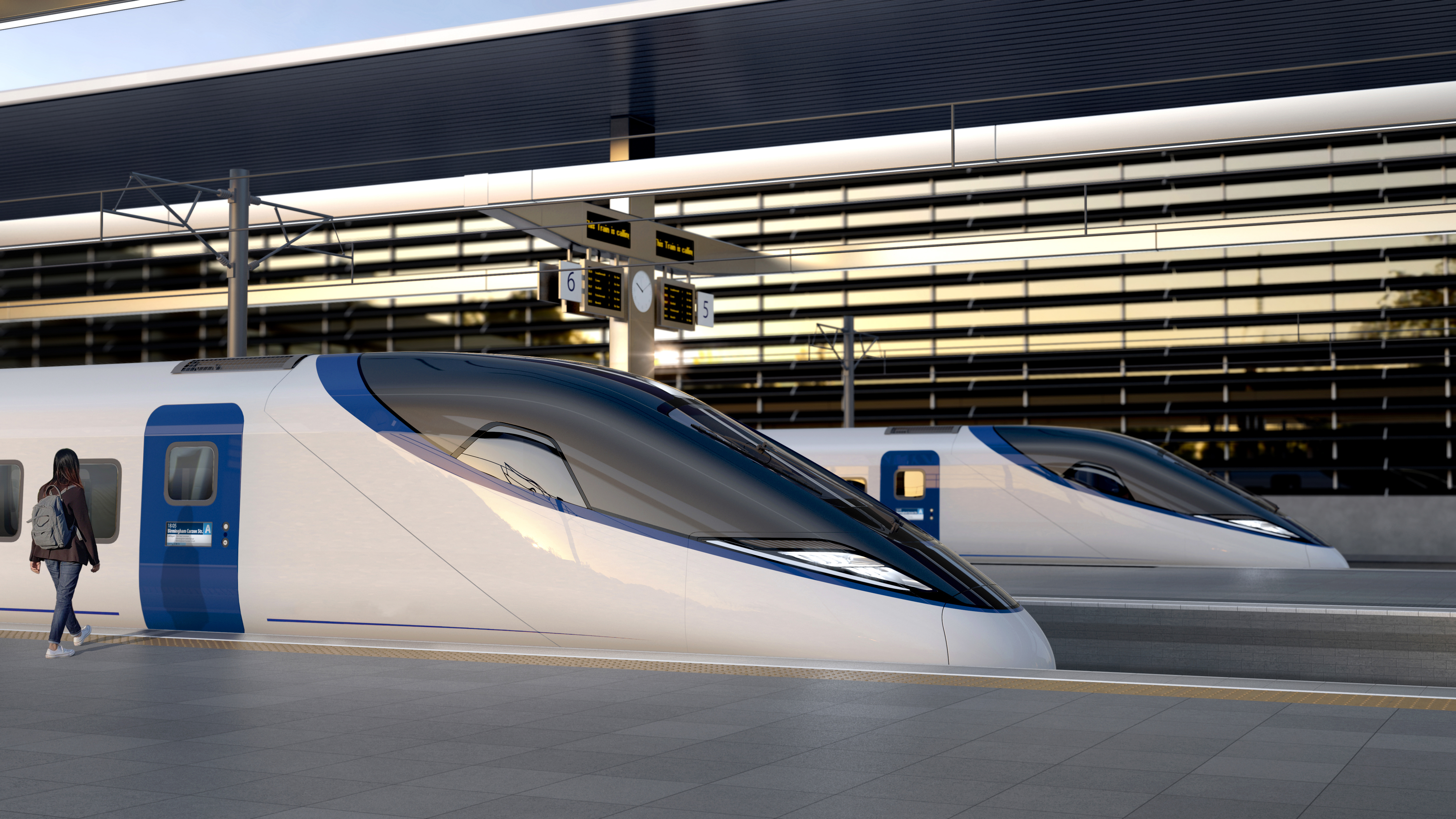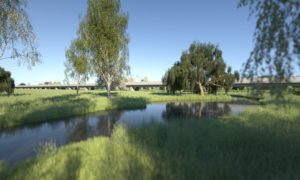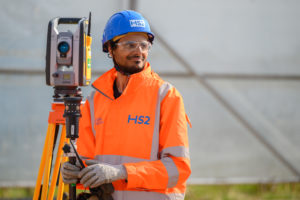HS2 staff will soon be able to explore a virtual reality 3D replica of the railway network with specialist headsets to investigate and help fix real-world issues.
Virtual Reality (AI) – a computer-generated simulation of a three-dimensional image or environment – and real time monitoring sensors will be built into HS2’s infrastructure, including rails, bridges and overhead power lines, generating one of the world’s most reliable railways.
The railway’s “digital-twin” will be as intricate as the real thing, with thousands of remote condition monitoring sensors – similar to those used in Formula One and aviation – acting as the railway’s version of the “body’s nervous system”, as described by HS2.
These sensors will monitor the performance of the railway’s assets and components and will be able to forecast and prevent malfunction, helping to strengthen the line’s reliability, therefore improving the punctuality of its passenger services.
Head of Strategic Planning and Asset Management, David White, said “harnessing the power of the digital twin and its predictive capability could see an asset’s operational life extended by months or even years. This will enable us to reduce cost, cut waste and shrink the environmental footprint of HS2’s maintenance operation and maintain a consistently high level of customer service.”
“The idea is that the AI gets more experienced as time goes on and will understand how things have failed in the past and determine when assets are likely to fail”, White explained.
The data collected by sensors on board the high speed trains will be transferred directly to HS2’s Birmingham-based Network Integrated Control Centre (NICC) at Washwood Heath.
Through the use of AI, engineers and maintenance teams will be able to analyse data, supervising asset performance trends across the network, with a downward trend in asset performance triggering HS2’s predict-and-prevent maintenance programme.
Rather than relying on a rolling programme of maintenance and renewals, operating a “predict and prevent” system on HS2 will enable parts to be repaired and replaced when the asset informs the team.
Maintenance teams will be able to investigate, and sometimes even resolve issues, without having to actually be present on site: alleviating safety hazards, with site engineers utilizing virtual reality headsets to examine problems from the safety of the NICC.
David White continued, “HS2 will be very safe and reliable, not least because it will be new and built to the latest standards. This in itself creates the challenge of keeping staff trained and competent to run and maintain both the railway and its stations.”
“So, we will create new tools through the use of virtual and Augmented Reality technologies to maintain and enhance the skills of our maintenance and station teams.”
Our Network, Your Network
Linum Consult provide international project solutions and recruitment services to global organisations, government entities and contractors.
From Contract & Claims Management to Risk Management & Recruitment Solutions, we offer a range of project solutions to organisations across the world, from independent consultancies to FTSE100 businesses. Specialising in Construction & Engineering, Energy & Renewables and Mining & Machine Parts, our global presence and expertise means we are perfectly placed to support our clients’ projects, anytime, anywhere in the world.






